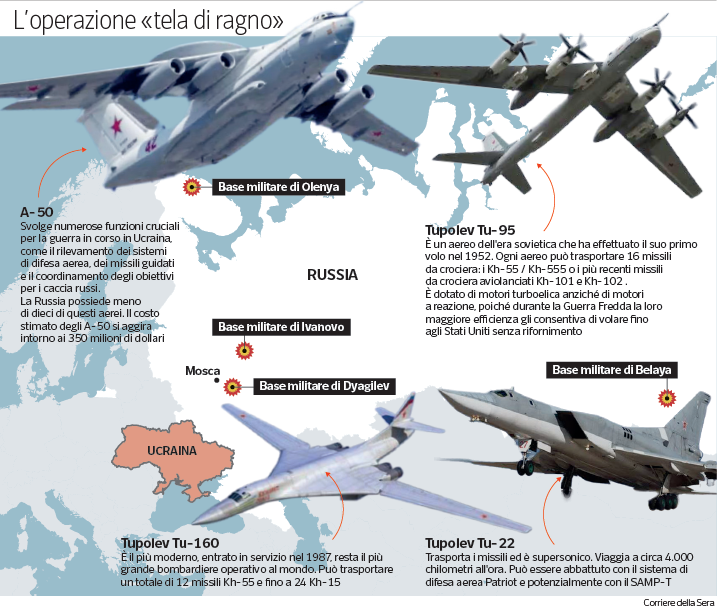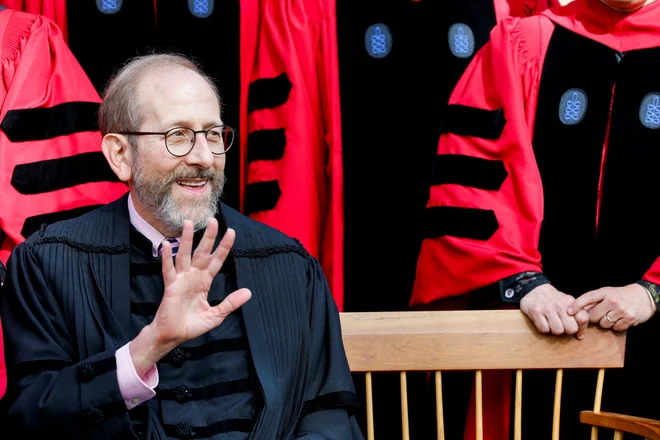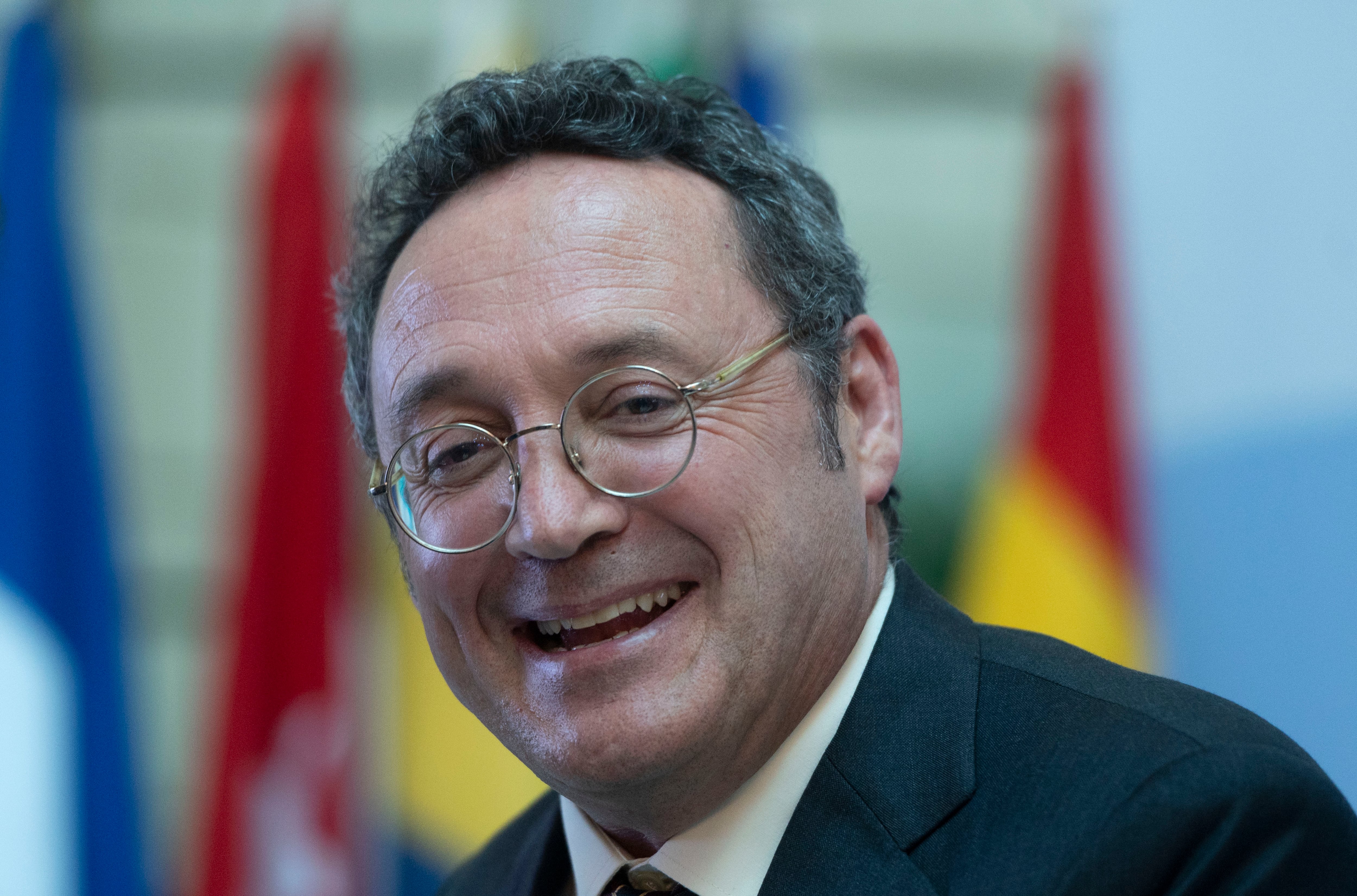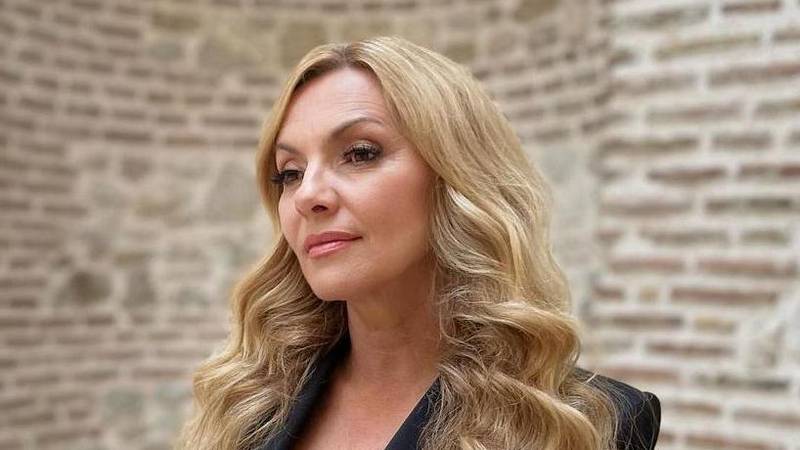Coffee, because at the bar it will cost 2 euros soon (and the 11 intermediation that swell the price)

Michele Oliva, molecular biologist, explains the origins of this drink, the differences between the species of plants from which it is produced and the challenges that await it. Starting with the price, which in 2026 in bars could increase
When he arrived in Italy, in the second half of the sixteenth century, the « devil’s drink« Because he was bitter and caused dependence. Only in 1603, thanks to Pope Clement VIIIcoffee was promoted to « Catholic drink ». Originally sold in pharmacies, it has conquered the houses of Italians within a few centuries: today 90% of the adult population of our country drinks coffee, a world record. Coffee is also a powerful lens to look at the world: in the cup we drink every morning, so familiar and known, there is a microcosm that combines the continents and mixes the vicissitudes of the past, with the tensions of the present and the uncertainties of the future. Today, in particular, it is the spy of how our life habits risk being overwhelmed by climate change (still pressing even if we talk about it less and less, as Daniele Manca is known in his gaming). Of all this we talked to Michele Olivamolecular biologist who The future of coffee (Infinito Edizioni) explains the origins of this drink, the differences between the species of plants from which it is produced and the challenges that await it. Starting with the price: in 2026 in the bars it could cost two euros per cup.
When did we start drinking coffee?
« The first writing that mentions him in Western Europe is a 1573 report by the Venetian senator Costantino Garzoni on Turkish uses and costumes: it describes it as a dark substance, based on opium and able to create addiction. In today’s Ethiopia was already used around the thousand BC: the Oromo population diminished the grains in balls that were consumed for their stimulating effects. From there, the use of coffee extended to the south of the Arabic Peninsula (hence the name of the Arabic species) and in Yemen, where the idea of toasting the seeds was born, macerating them and then mixing them with hot water to prepare a drink. The first large load of coffee in Europe, finally, arrived in Venice in 1624 and a few years later, in 1632, the first European coffee shop was opened in Livorno, thanks to a Merchant of Jewish origin ».
Did Europe spread from Europe in the rest of the world?
« Yes. At the beginning it was produced only in Yemen. But starting from the end of the seventeenth century several European nations began to cultivate the plant in their colonies: Great Britain in the Caribbean, Holland in Java, France in Jamaica, Cuba and Mexico, Portugal in Brazil. The coffee also has to do with the history of slavery: groups of Africans were deported to centromeridal America also to cultivate coffee. Today the main coffee producers are Brazil (to which 39%of world production), Vietnam (17%) and Colombia (7%), followed by Ethiopia, Indonesia, Uganda, India and Honduras (between 5 and 3%) « .
Where do you drink more coffee?
«In order, the United States, Germany, France, Italy. But he drinks more everywhere: from 1964 to today the global coffee market has grown 190 percent. He also conquered Great Britain: where the tea was first consumed, in ten years the cups of coffee drunk every day increased by 25 million ».
Why did coffee become so dear?
«For various concomitant reasons. Climate change decreased the surrender of plants, that is, the amount of fruits and therefore the number of seeds (the « beans ») produced by each shrub. Then there are the geopolitical issues: the merchanters who bring coffee to Europe from Southeast Asia and Central Africa once passed from the Red Sea. Now due to the attacks of the Houthi they must circumnavigate Africa and the cost of transport increases. To this is added the growing cost of the energy necessary for its processing, brought above all by the war in Ukraine. And the fact that the price of coffee is established by two foreign markets: that of New York for Arabica and that of London for the robust, then the gearbox with the dollar and the pound plays an important role. Finally there are speculations, both financial and in the commercial chain, favored by the fact that before arriving from the manufacturer to the consumer, the coffee passes from the hands of 11 different figures ».
Why is coffee so susceptible to climate change?
«The coffee plants grow in the area between the tropic of cancer and the tropic of Capricorn and the Arabica in particular develops optimally at temperatures ranging from 18 to 22 degrees. Now due to global warming, the plants are almost always found at higher temperatures and are constantly under stress, so they grow less and make less fruits. In addition, the global increase in temperatures promotes the spread of some pathogens, such as mushrooms and insects, which become more aggressive and concentrated over time. To this is added that the birds that feed on insects harmful to the coffee plant have decreased. Finally there are the so -called adverse phenomena – such as floods and droughts – which are becoming more frequent, more extensive in time and stronger. In the 2023-2024 season the drought destroyed 20% of the harvest in Vietnam. In Brazil, frost and drought have decimated the production of 2022. It is estimated that the highest temperatures could halve the suitable areas to grow coffee by 2050 « .
So does it mean that the price will go up again?
«If we continue like this, the price will increase and worsen the quality. It is estimated that in 2026 we will have to pay 2 euros for a coffee at the bar ».
What can we do as consumers?
«Meanwhile, read the label, which contains information on how the plant has been grown. If the coffee is organic, for example, it means that the plants have been grown without chemical fertilizers that produce nitrogen protoxide (a very harmful greenhouse gas). Eco-friendly certifications guarantee that sustainable methods have been used in at least one passage of the production chain, for example in the management of water or recycling of processing waste. The fruit pulp can be used to make biogas, the peel to make infuses. In general Mexico and Peru are at the forefront in the sustainable management of water in coffee crops. Finally there is the Fair Trade certification, to guarantee right working conditions for the farmers. We should be open to pay a few cents more to encourage producers who cultivate and work coffee in a sustainable way ».







